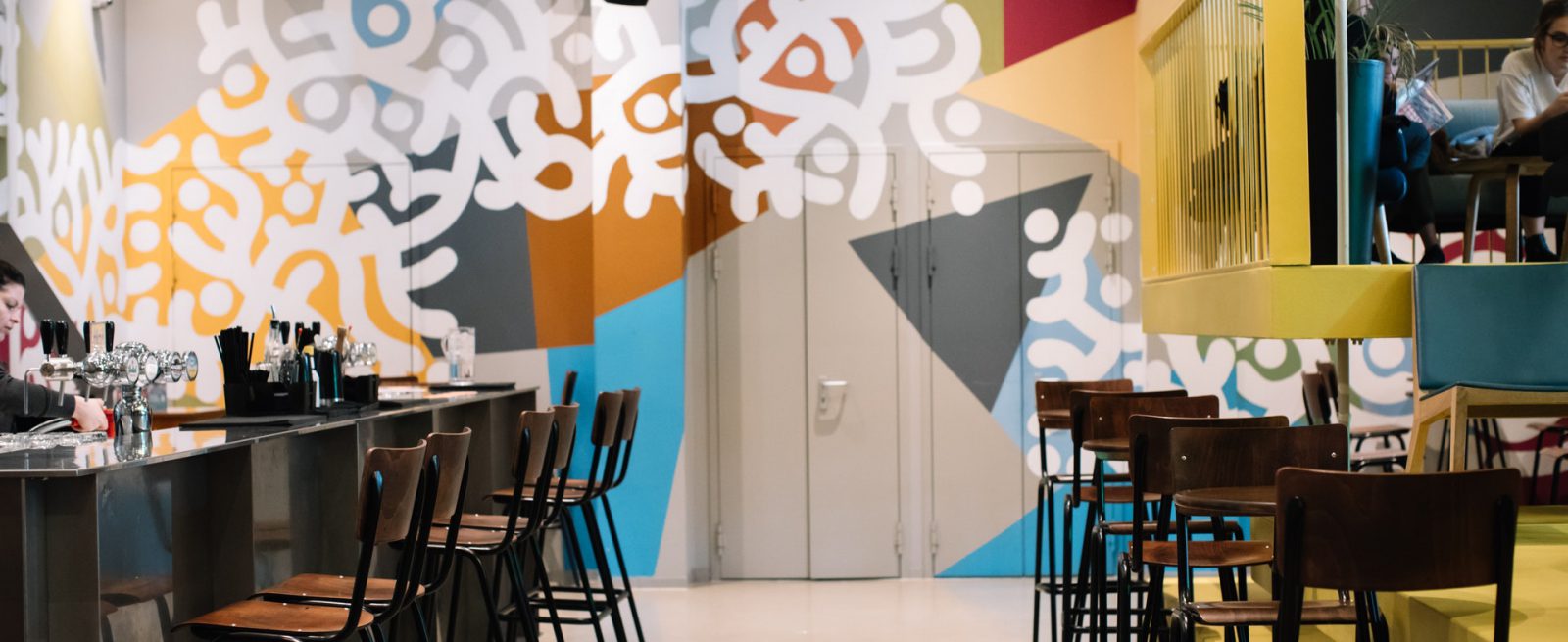How Restaurant Design Can Influence Guest Loyalty
3 Min Read By Arron Hiddleston
Humans are emotional creatures above all else. Our emotional responses to external stimuli have a predominant influence on our daily decisions, while our rationale, although an inviolable part of any decision-making process, plays a supporting role.
Interior and exterior restaurant design has become an art form as much as it is science, aimed at creating a trusting and emotional bond between the brand and your target demographic. Reaching beyond the quality of your food and service, which plays a pivotal role, a customer will develop a sense of belonging by coming into contact with the visual identity that resonates with their personality. Restaurant design can have a strong influence on your guests’ loyalty and you can maximize your potential to reach new pinnacles of success.
Colors Set the Stage
First, you want to elicit a certain emotional response and set the stage for a night of fun and relaxation with a smart and prudent use of colors. Colors are the first emotional trigger people will come in contact with as soon as they walk into the room, and you want to capture their attention and dazzle their senses with the use of strong, yet warm hues that portray intimacy, trust, peace and excitement.
Rather than filling the ambiance with different hues in an attempt to capture various different feelings, you want to stick to one primary color complemented with an accentuated shade that will brighten up or dim down the ambiance.
For example, a combination of burgundy red and a gold stretch accentuating the focal pieces, such as countertop outlines, pillar frames and potted plant elements, creates a relaxing ambiance with a hint of excitement. Be sure to find the best color pattern that speaks to your brand.
Lighting Defines the Ambiance
Restaurant owners tend to underestimate the importance of lighting in creating a relaxed, fun environment. You should strive to open up the space as much as possible to natural lighting, especially in case your windows gaze into a beautiful garden or oversee a sunset on to the beach.
In case your restaurant is located in a strictly urban area, you might not want to open up your interior for the whole world to see, but you do want to imbue the ambiance with warm artificial hues that mimic the setting sun. Don’t go for bright, unnatural lights, but try to create an intimate setting as much as possible.
The Bathroom is Essential
One of the major aspects of a successful restaurant that frequently gets overlooked is the bathroom. Remember, people are extremely unlikely to develop a positive emotional relationship with your restaurant if it didn’t cover their basic needs in terms of personal hygiene and sanitation.
The bathrooms in your restaurant need to complement its décor and provide the visitors with privacy and the necessary elements to cover all of their needs. Furthermore, you can increase your brand recognition and inspire trust by committing to a good cause. People love restaurants that invest in eco-friendly practices and one of the best ways to minimize the negative impact of paper production on the environment is to introduce energy and water efficient bidets into your bathrooms.
Furnish for Peace and Serenity
A point of great contention in the design industry is whether your furnishings plays an important role in how your customers feel towards your restaurant. The answer is undoubtedly yes; however, it will greatly depend on how the chairs and tables are presented.
Some people would argue that it doesn’t matter whether your chairs are worth hundreds of dollars or they were bought at a local supermarket, and in fact, it doesn’t. What does matter is whether they match the interior in both style and color.
While a customer might not care whether it’s rosewood, maple or oak, your tables have to complement the brand. This means you should use colors that match your base hue and break the monotony with iron details, and vice versa, depending on the base ambiance. Be sure to create a coherent story with all of your interior elements.
Running a restaurant in the modern world is both risky and rewarding. The numerous competitors in the industry make it next to impossible to establish a strong brand, yet by creating an innovative visual design, you can easily surpass the competition and pave the road to long-term success.


